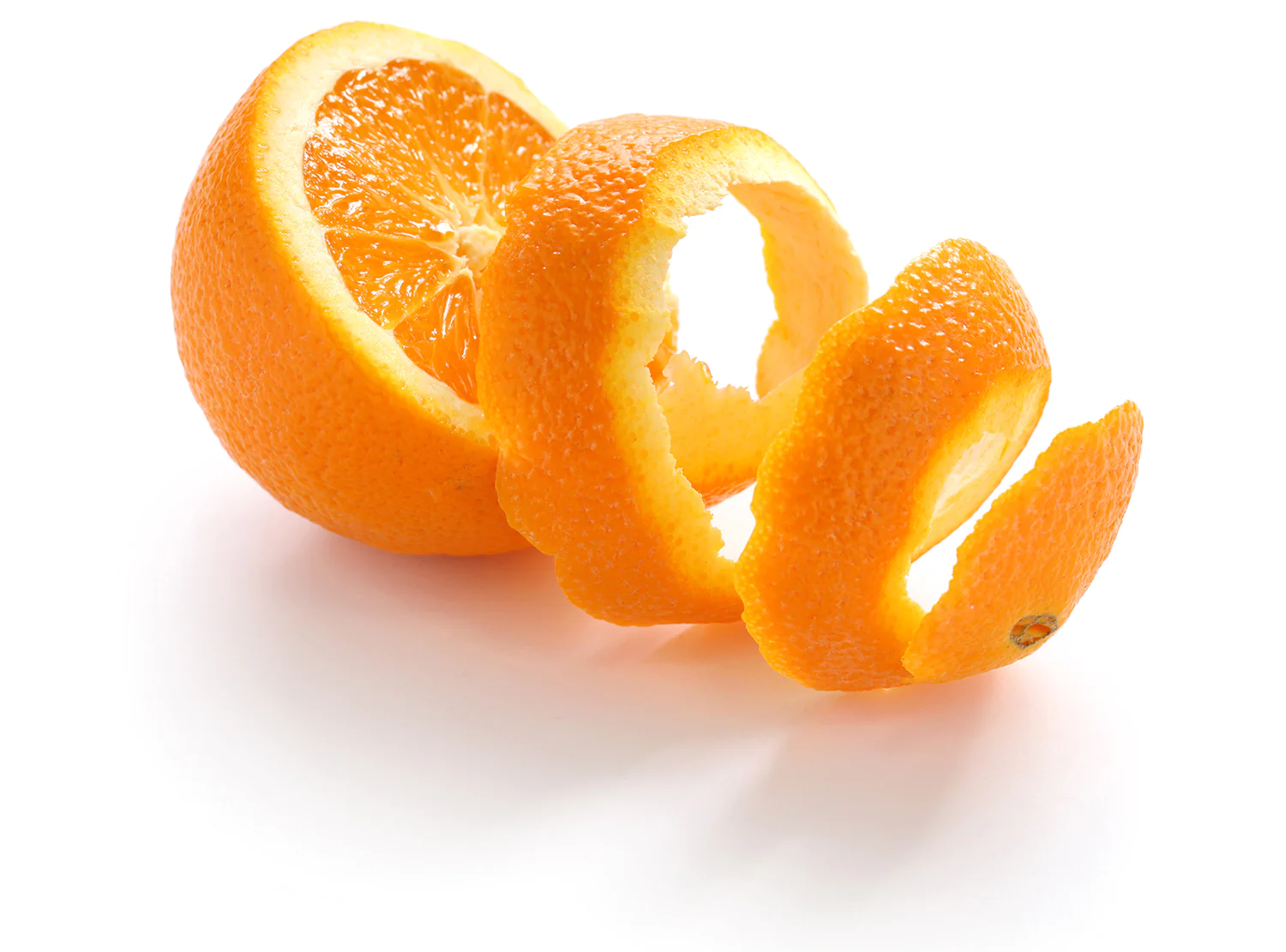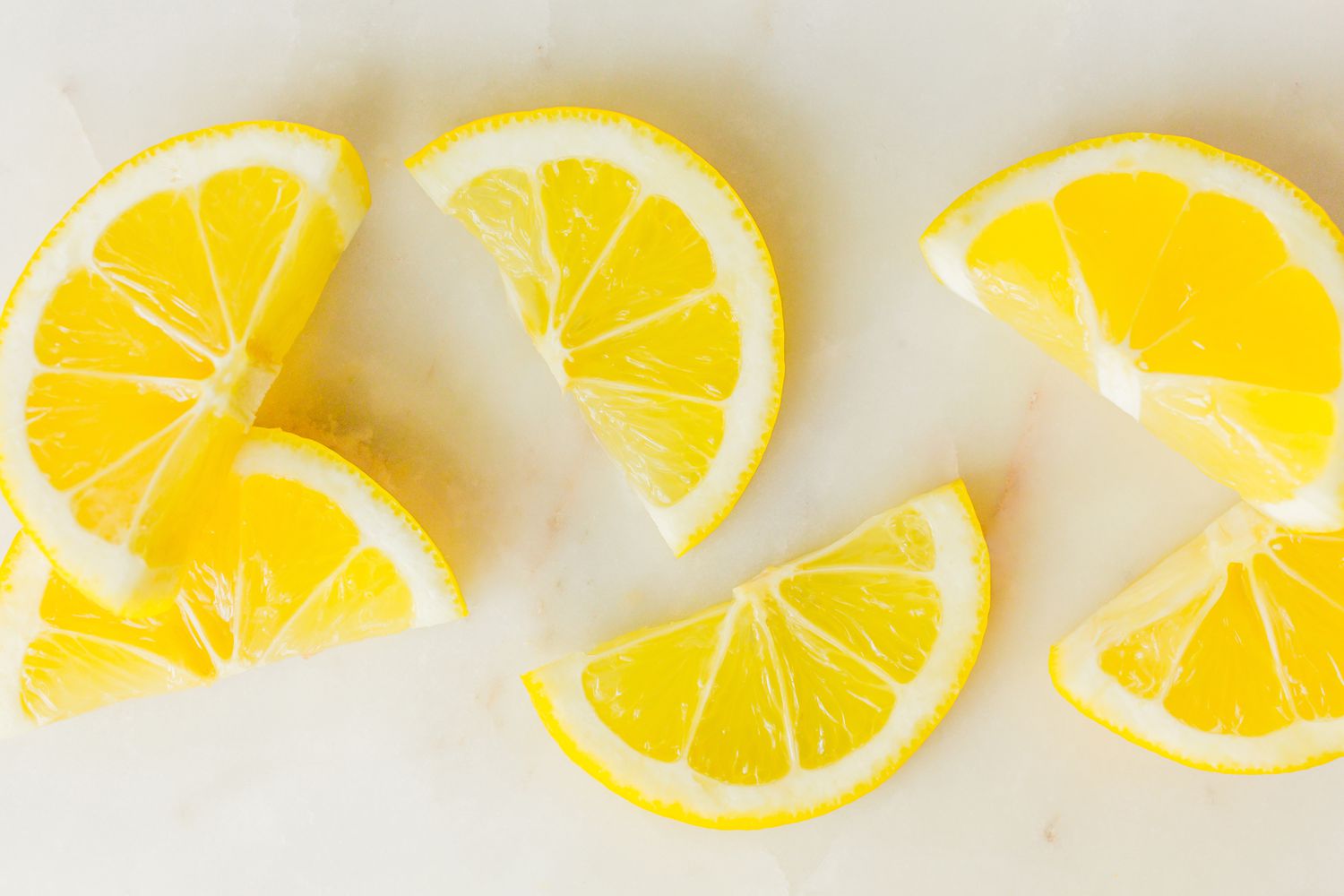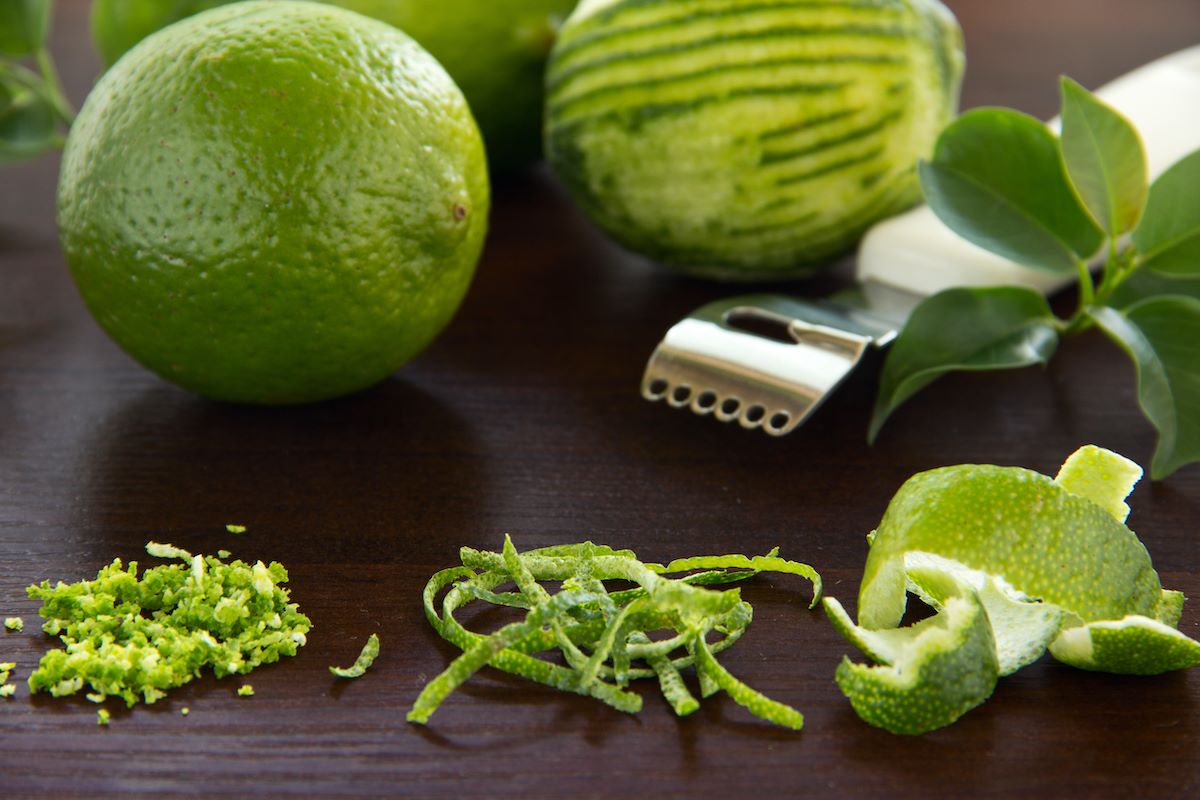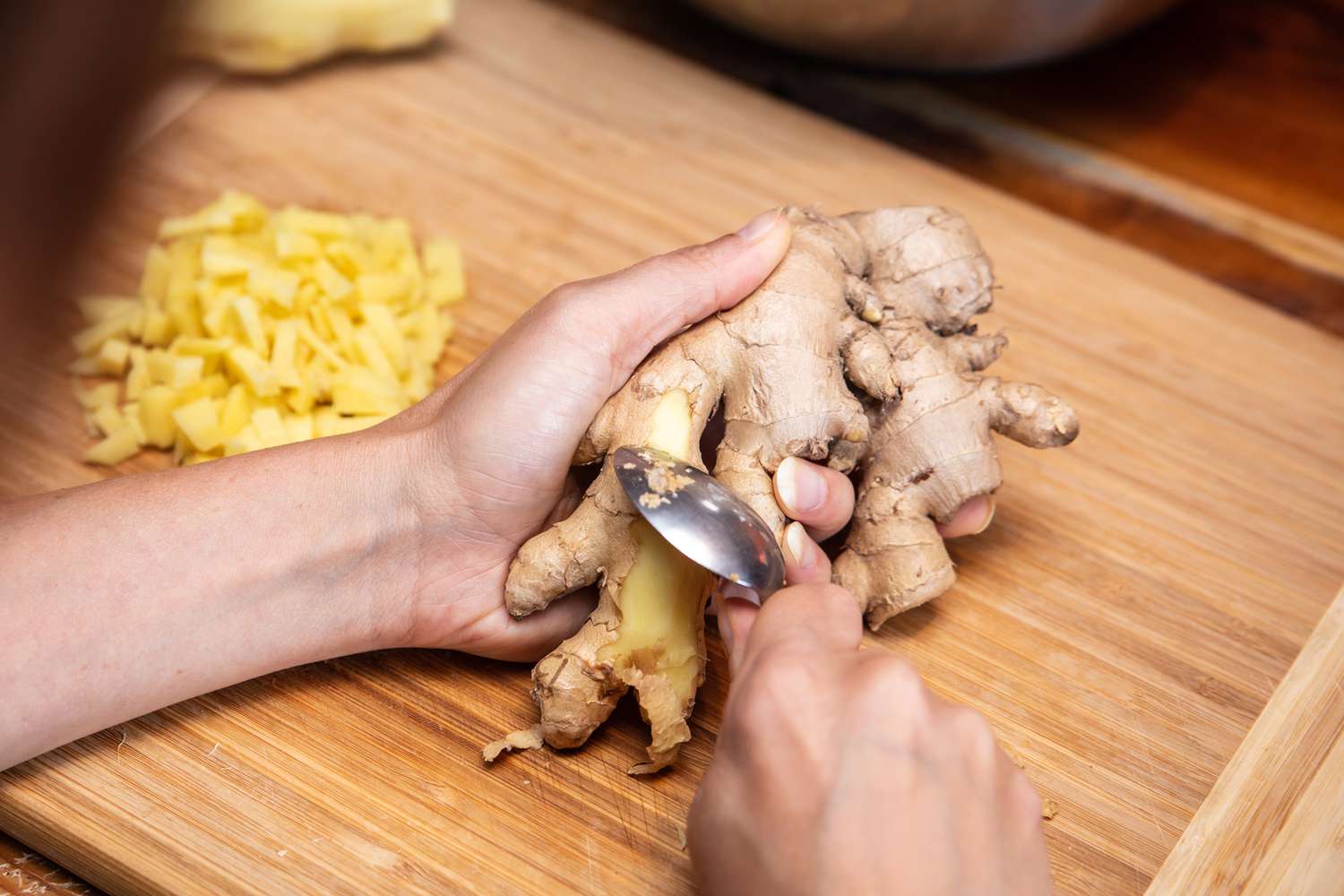Unlocking the Flavors of Citrus: A Guide to Zesting Fruit
When it comes to enhancing the flavors of your dishes, citrus zest can be a game-changer. Whether you’re looking to add a burst of brightness to a salad, a zing to a marinade, or a pop of flavor to a dessert, mastering the art of zesting citrus fruit is a skill every home cook should have in their arsenal. In this guide, we’ll walk you through the steps to zest citrus fruit like a pro.
What You’ll Need:
- A fresh citrus fruit (lemon, lime, orange, or grapefruit)
- A zester, microplane, or fine grater
- A cutting board
- A small bowl
Step 1: Choose Your Citrus
When selecting citrus fruit for zesting, opt for organic if possible, as they are free from wax and pesticides. Look for fruits that are firm and heavy for their size, as they tend to be juicier and have more flavorful zest.
Step 2: Prep Your Workstation
Before you start zesting, set up your workstation. Place a cutting board on a flat surface, and position your zester, microplane, or fine grater and small bowl within easy reach.
Step 3: Zesting the Fruit
Hold the citrus fruit in one hand and the zester in the other. With a firm grip on the fruit, carefully run the zester across the outer layer of the fruit, applying gentle pressure. Be sure to only remove the colored part of the peel, avoiding the bitter white pith underneath.
Step 4: Collect the Zest
As you zest the fruit, you’ll notice the tiny, flavorful ribbons accumulating on the zester. Use a gentle tapping motion to release the zest into the small bowl below. Continue zesting until you have gathered the desired amount of zest for your recipe.
Step 5: Incorporating the Zest
Now that you have your citrus zest, it’s time to incorporate it into your dish. Whether you’re adding it to a marinade, dressing, batter, or dessert, the zest should be used immediately to capture its fresh, vibrant flavor.
Storage Tips
If you have leftover citrus zest, don’t let it go to waste. Store it in an airtight container in the refrigerator for up to a week, or freeze it for longer-term storage. You can also mix the zest with sugar to create citrus-infused sugar for future use.
By mastering the art of zesting citrus fruit, you can elevate the flavors of your culinary creations and bring a burst of sunshine to every dish. So, the next time you reach for a lemon, lime, orange, or grapefruit, remember the potential that lies within the colorful zest – and get ready to take your cooking to new, vibrant heights!



